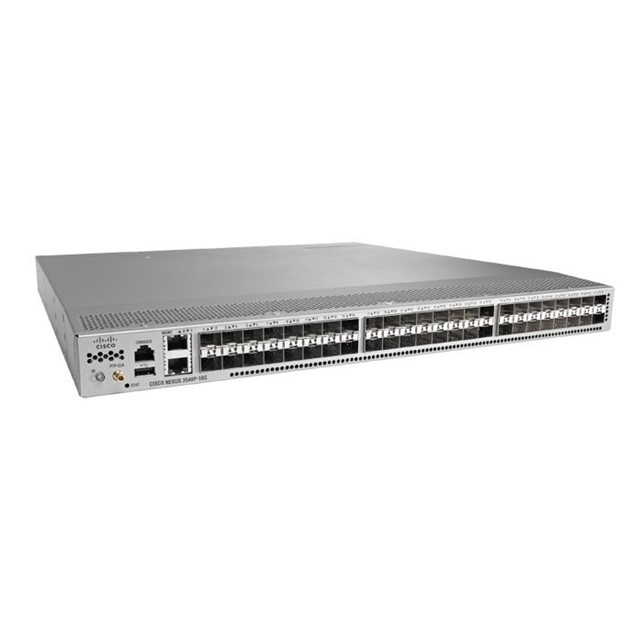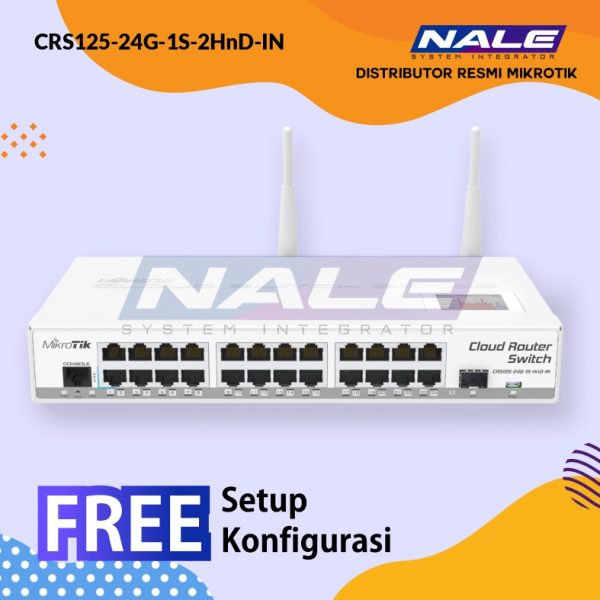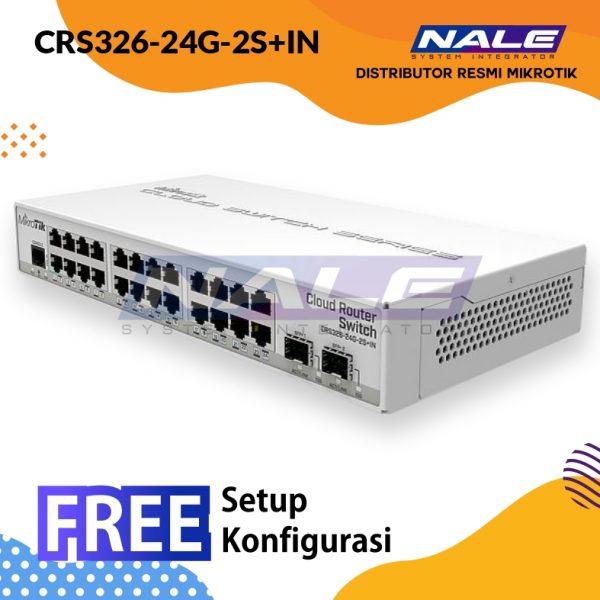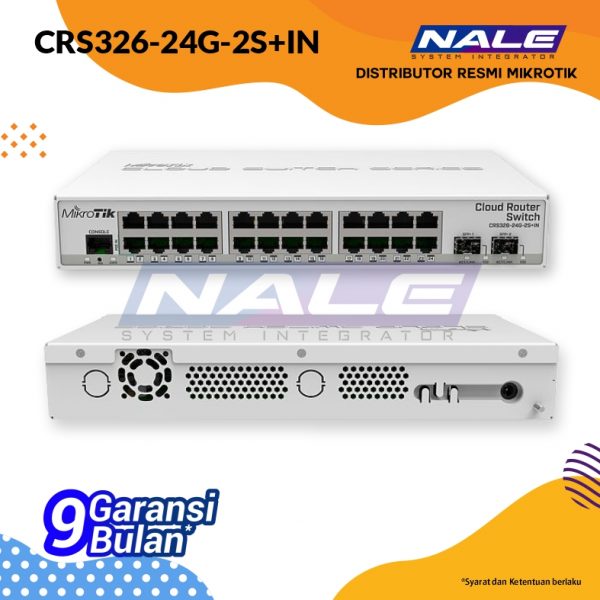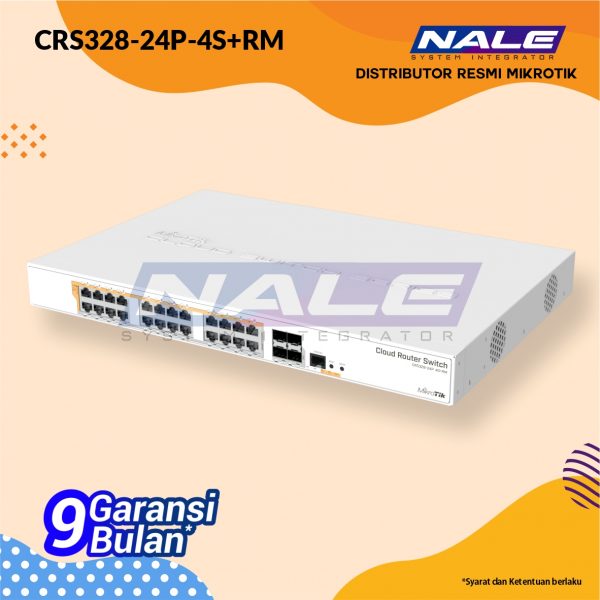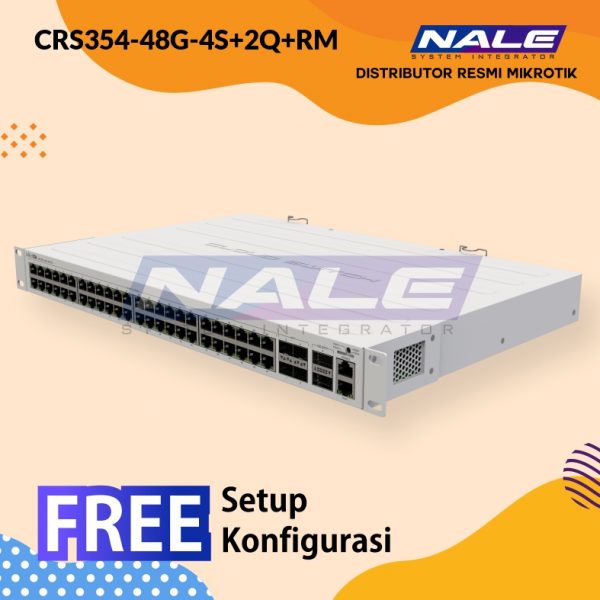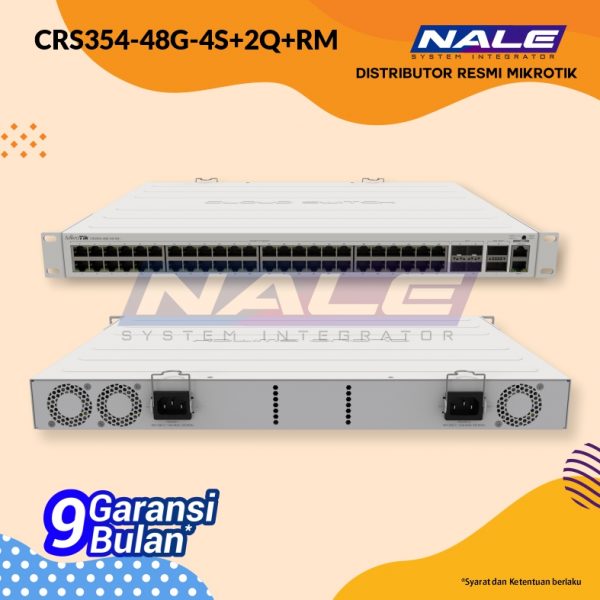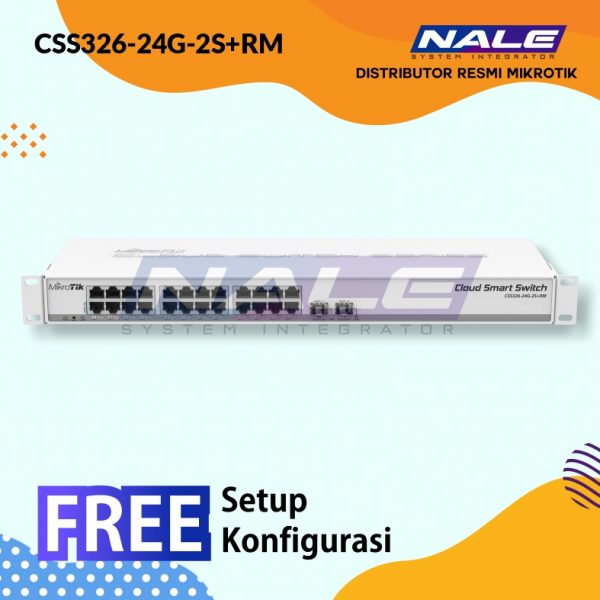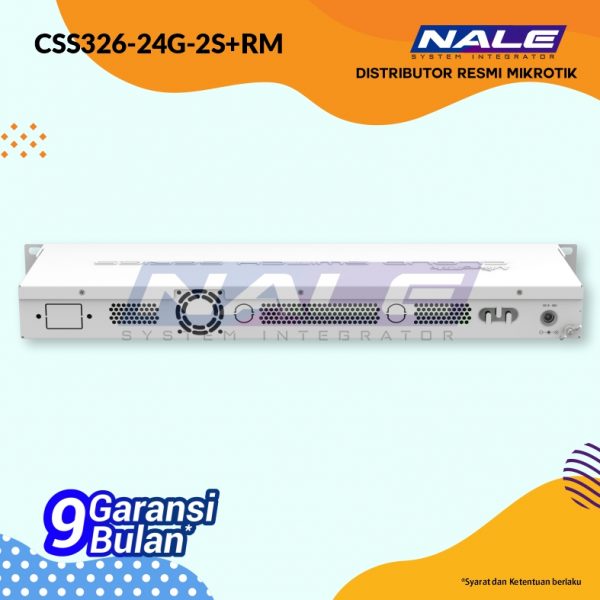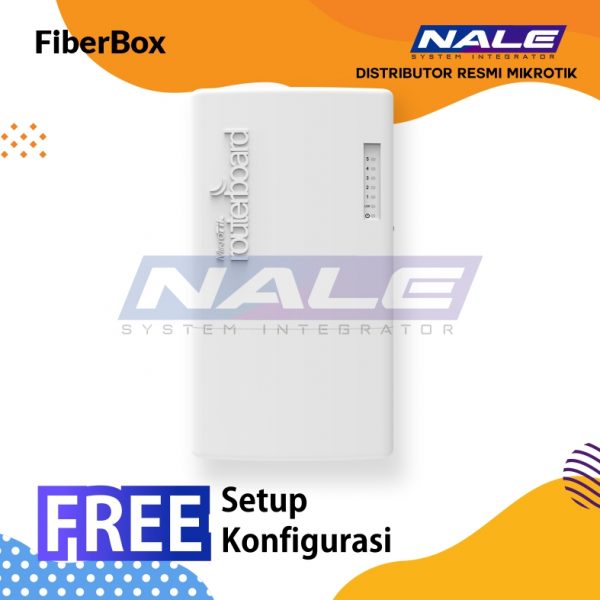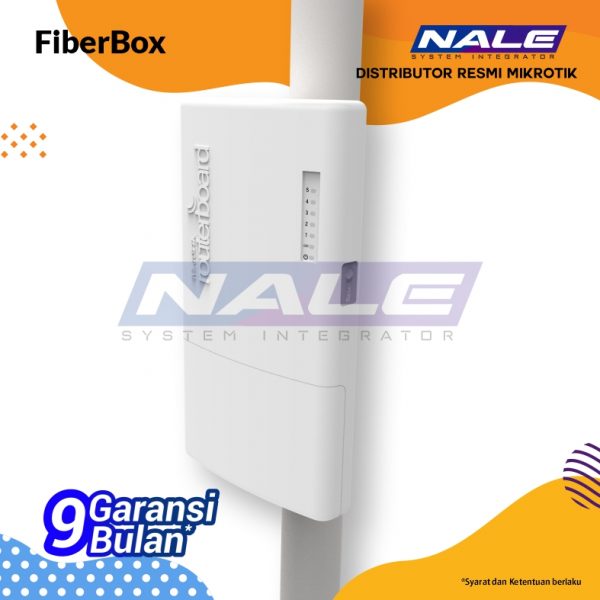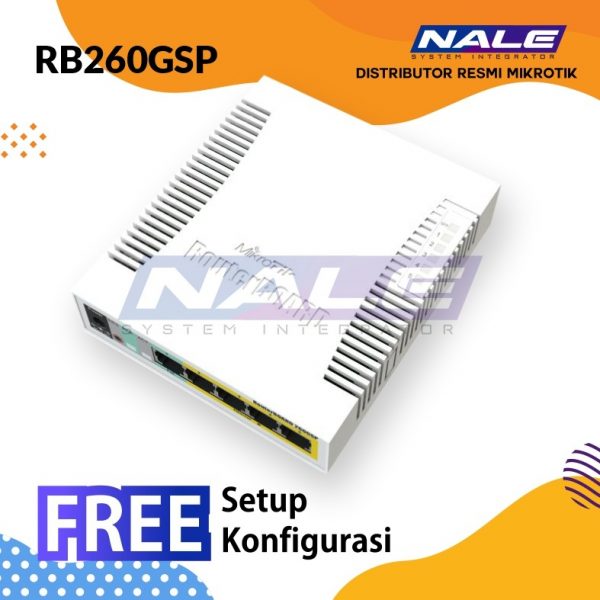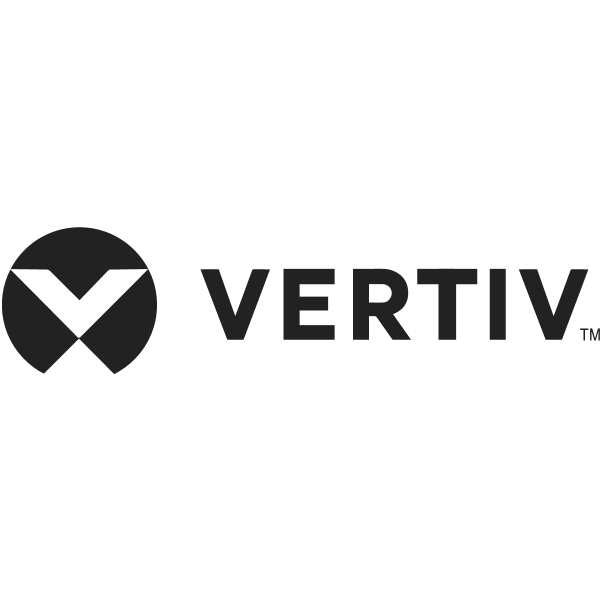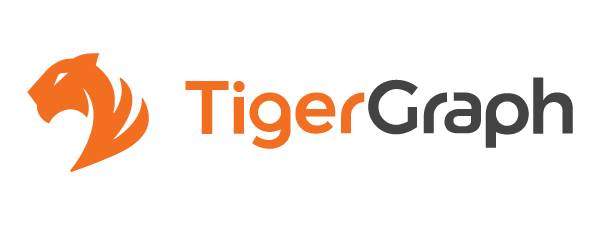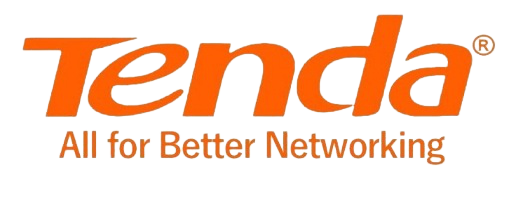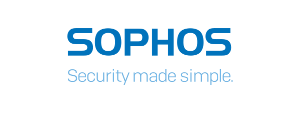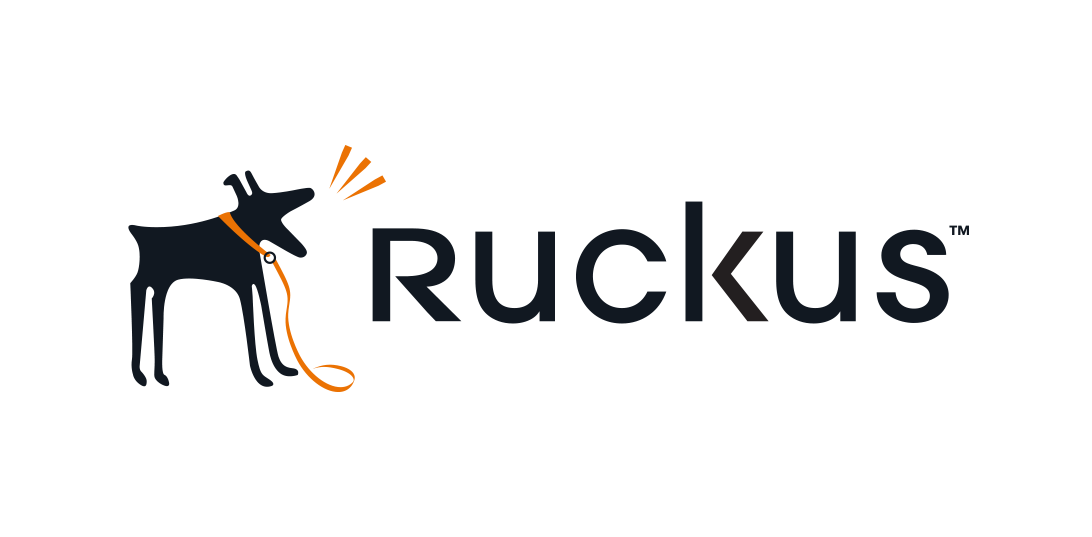Cisco Cisco Nexus N3K-C3524P-10GX Switch Layer 2 and layer 3 – 24 x 10G SFP+ active Ethernet ports – Ultra-Low latency – Managed
Rp262.903.500
N3K-C3524P-10GX Specification |
||||
| Physical | ● 24 fixed SFP+ ports (1 or 10 Gbps); expandable to 48 ports
● Dual redundant hot-swappable power supplies ● Four individual redundant hot-swappable fans ● One 1-PPS timing port, with the RF1.0/2.3 QuickConnect connector type* ● One 10/100/1000-Mbps management port ● One RS-232 serial console port ● Two USB ports ● Locator LED ● Locator LED button |
|||
| Performance | ● 480-Gbps switching capacity
● Forwarding rate of 360 mpps ● Line-rate traffic throughput (both Layer 2 and 3) on all ports ● Configurable MTUs of up to 9216 bytes (jumbo frames) |
|||
| Typical operating power | ● 102W | |||
| Maximum power | ● 193W | |||
| Typical heat dissipation | ● 348 BTUs per hr | |||
| Maximum heat dissipation | ● 658 BTUs per hr | |||
|
Hardware Specifications |
||||
|
Mode |
Normal Mode |
Warp Mode |
||
| Hardware tables and scalability | Number of MAC addresses | 64,000 | 8000 | |
| Number of IPv4 unicast routes | 24,000 | 4000 | ||
| Number of IPv4 hosts | 64,000 | 8000 | ||
| Number of IPv4 multicast routes | 8000 | 8000 | ||
| Number of VLANS | 4096 | |||
| Number of ACL entries | 4096 | |||
| Number of spanning-tree instances | Rapid Spanning Tree Protocol (RSTP): 512
Multiple Spanning Tree (MST) Protocol: 64 |
|||
| Number of EtherChannels | 24 | |||
| Number of ports per EtherChannel | 24 | |||
| Buffer size | 6 MB shared among 16 ports; 18 MB total | |||
| Boot flash memory | 2 GB (3524P and 3548P models)
4 GB (3524X and 3548X models) |
|||
| Power | Number of power supplies | 2 (redundant) | ||
| Power supply types | ● AC (forward and reversed airflow)
● DC (forward and reversed airflow) |
|||
| Input voltage | 100 to 240 VAC | |||
| Frequency | 50 to 60 Hz | |||
| Power supply efficiency | 89 to 91% at 220V | |||
| Cooling | Forward and reversed airflow schemes
● Forward airflow:Port-side exhaust (air enters through fan tray and power supplies and exits through ports) ● Reversed airflow: Port-side intake (air enters through ports and exits through fan tray and power supplies) Four individual, hot-swappable fans (3+1 redundant) |
|||
| Environment | Dimensions (height x width x depth) | 1.72 x 17.3 x 18.38 in. (4.36 x 43.9 x 46.7 cm) | ||
| Weight | 17.4 lb (7.9 kg) | |||
| Operating temperature | 32 to 104° F (0 to 40°C) | |||
| Storage temperature | -40 to 158° F (-40 to 70°C) | |||
| Relative humidity (operating) | ● 10 to 85% noncondensing
● Up to 5 days at maximum (85%) humidity ● Recommend ASHRAE data center environment |
|||
| Relative humidity (nonoperating) | 5 to 95% noncondensing | |||
| Altitude | 0 to 10,000 ft (0 to 3000m) | |||
| Mean time between failure (MTBF) | 317,030 hours | |||
|
Software Features |
||||
| Layer 2 | ● Layer 2 switch ports and VLAN trunks
● IEEE 802.1Q VLAN encapsulation ● Support for up to 4096 VLANs ● Rapid Per-VLAN Spanning Tree Plus (PVRST+) (IEEE 802.1w compatible) ● MSTP (IEEE 802.1s): 64 instances ● Spanning Tree PortFast ● Spanning Tree Root Guard ● Spanning Tree Bridge Assurance ● Cisco EtherChannel technology (up to 24 ports per EtherChannel) ● LACP: IEEE 802.3ad, IEEE 802.1ax ● Advanced PortChannel hashing based on Layer 2, 3, and 4 information ● Jumbo frames on all ports (up to 9216 bytes) ● Storm control (multicast and broadcast) ● Link-level flow control (IEEE 802.3x) ● vPC |
|||
| Layer 3 | ● Layer 3 interfaces: Routed ports on interfaces, switch virtual interfaces (SVIs), PortChannels, and subinterfaces (total: 1024)
● 24-way Equal-Cost Multipath (ECMP) ● 4096 ACL entries ● Routing protocols: Static, RIPv2, EIGRP, OSPF, and BGP ● HSRP and VRRP ● ACL: Routed ACL with Layer 3 and 4 options to match ingress and egress ACLs ● VRF: VRF-Lite (IP VPN), VRF-aware unicast (BGP, OSPF, and RIP), and VRF‑aware multicast ● VRF route leaking ● Jumbo frame support (up to 9216 bytes) |
|||
| Multicast | ● Multicast: PIMv2, PIM Sparse Mode (PIM-SM), SSM, and BiDir
● Bootstrap router (BSR), Auto-RP, and Static RP ● MSDP and Anycast RP ● Internet Group Management Protocol (IGMP) Versions 2 and 3 |
|||
| Security | ● Ingress ACLs (standard and extended) on Ethernet
● Standard and extended Layer 3 to 4 ACLs include IPv4, Internet Control Message Protocol (ICMP), TCP, and User Datagram Protocol (UDP) ● VLAN-based ACLs (VACLs) ● Port-based ACLs (PACLs) ● Named ACLs ● ACLs on virtual terminals (VTYs) ● Dynamic Host Configuration Protocol (DHCP) relay ● Control Plane Policing (CoPP) |
|||
| Cisco Nexus Data Broker
|
● Topology support for tap and SPAN aggregation
● Traffic load balancing to multiple monitoring tools ● Time stamping using PTP ● Packet truncation ● Traffic filtering based on Layer 1 through Layer 4 header information ● Traffic replication and forwarding to multiple monitoring tools ● Robust RBAC ● Northbound Representational State Transfer (REST) API for all programmability support |
|||
| Management | ● Power On Auto Provisioning (POAP)
● Python scripting ● Switch management using 10/100/1000-Mbps management or console ports ● CLI-based console to provide detailed out-of-band management ● In-band switch management ● Locator and beacon LEDs ● Configuration rollback ● SSHv2 ● Telnet ● AAA ● AAA with RBAC ● RADIUS ● TACACS+ ● Syslog ● Embedded packet analyzer ● SNMP v1, v2, and v3 ● Enhanced SNMP MIB support ● XML (NETCONF) support ● Remote monitoring (RMON) ● Advanced Encryption Standard (AES) for management traffic ● Unified username and passwords across CLI and SNMP ● Microsoft Challenge Handshake Authentication Protocol (MS-CHAP) ● Digital certificates for management between switch and RADIUS server ● Cisco Discovery Protocol Versions 1 and 2 ● RBAC ● SPAN on physical, PortChannel, and VLAN ● ERSPAN Versions 2 and 3 ● Ingress and egress packet counters per interface ● Network Time Protocol (NTP) ● Cisco OHMS ● Comprehensive bootup diagnostic tests ● Cisco Call Home ● Cisco DCNM ● Active buffer monitoring ● PTP (IEEE 1588) boundary clock |
|||

